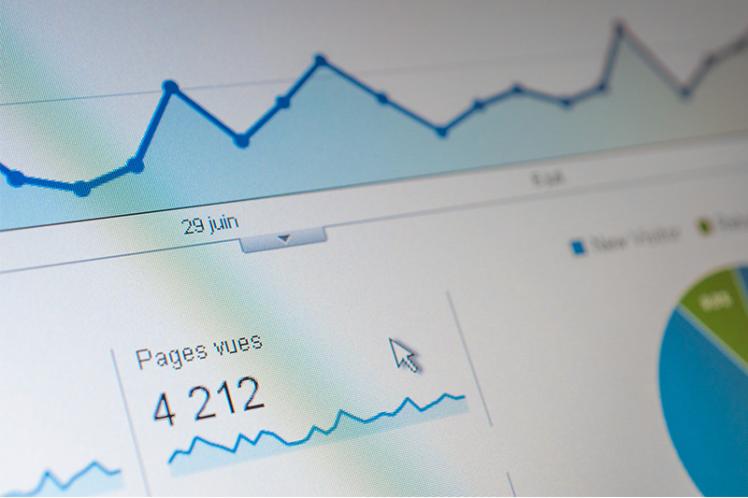Understand Trust and Loyalty to Improve Your Ecommerce Growth

Despite being surrounded by more technology than ever before, the personal touch still matters.
When deciding whether to engage with a product or service, an individual is nearly three times more likely to be influenced by someone they know, or a respected authority, than from a marketing email.
But how can business leaders use this insight to drive growth? Research by AC Nielsen reinforces this ‘personal’ impact:
- 85% of global respondents said they trusted the recommendations of friends and family.
- 66% indicated that they trusted consumer opinions posted online, and more than half (56%) trusted emails they signed up for.
- Ratings for social media and online marketing were below 50%, but could still drive customers to act - often due to seeing or hearing other reassurances.
- Very little difference in the level of trust in online sources between millennials and older demographic groups - millennials were slightly more trustful but nearly 50% did not trust what was presented to them. Like other demographics, they showed a greater willingness to trust friends and family more.
Of course, this lack of trust can also drive customers away. In a recent Accenture report, 43% of consumers switched providers because they lost trust in a company, and 38% said their loyalty to brands was more driven by trust today (for example, how they rate for personal data security).
There is a far greater array of choice than at any other time in our economic development, and with the advent of digital technology, that choice is available to far more people than ever before. This combination of choice and availability has two important consequences for business leaders:
- It is disrupting traditional relationships, particularly where the choice becomes limited or stale;
- It has created an enhanced set of expectations for the customer experience.
As a consequence, it is becoming harder to persuade customers to engage with a particular proposition – primarily from paralysis of choice – and to retain their interest after a transaction. This comes from a failure of organizations to deliver the best possible customer experience both during and after the initial transaction.
What leaders have to consider, therefore, is how to create a virtuous circle of customer engagement by recognizing the link between loyalty and trust. Considering the stages of engagement with the customer as a continuous process, Optimizing Digital Strategy provides a model for this, called the ‘Customer Continuum’:
- Reassure - make it easy to engage by removing the barriers associated with unfamiliarity. Look for third-party authentication, social proofs and how to benefit from established customers.
- Personalize - segment as quickly as you can in the sales engagement and, if it's complex, offer quick escape routes into direct human contact. If people disengage, find human, personal and engaging ways of enticing them back - don't do the equivalent of digital shouting and send endless impersonal emails. Find clever, personalized ways of re-engaging.
- Fulfil - transact as quickly as possible and fulfil the commitment nor just through good email communication but making sure that your delivery partner is as committed as you are to meeting expectations.
- Curate - aftercare is as important as the persuasion that goes into closing the sale. Don't ask for a review the minute the parcel arrives or the moment a customer has left the venue. Don't bombard people with random and generalised emails. Build a relationship. Develop a process to do that by working with your most loyal customers. Look for reviews of both product and service - identify a preferred solution and use this actively in your engagement.
- Retain - structures that reward loyalty continue to be an important part of a customer-centric ecosystem. Loyalty programmes are soaring. A study by Accenture in the United States found that 77% of customers participate in a retail loyalty programme, 46% have joined a hotel programme, and 40% are part of an airline programme. Why is this important? Well, after building a relationship, customer spend grows alongside trust. Eventually, loyal customers spend 67% more than new ones.
- Recommend - once established as loyal (the definition of which changes hugely across different sectors) ask customers to recommend their friends and family. There are some highly effective technology platforms out there that you can use to enable this - with clients of our digital agency Good Growth, we have partnered effectively with MentionMe, for example. This model can be increasingly seen in marketing programmes across a number of sectors. In the UK, the grocer Aldi offer a mutual 10% to existing customers and those they recommend, while Nationwide incentivizes with a £100 deposit in both accounts.
For more detail, case studies and practical 'Leadership Actions' for how business leaders can use the Customer Continuum to drive online growth, read Optimizing Digital Strategy, available now.




